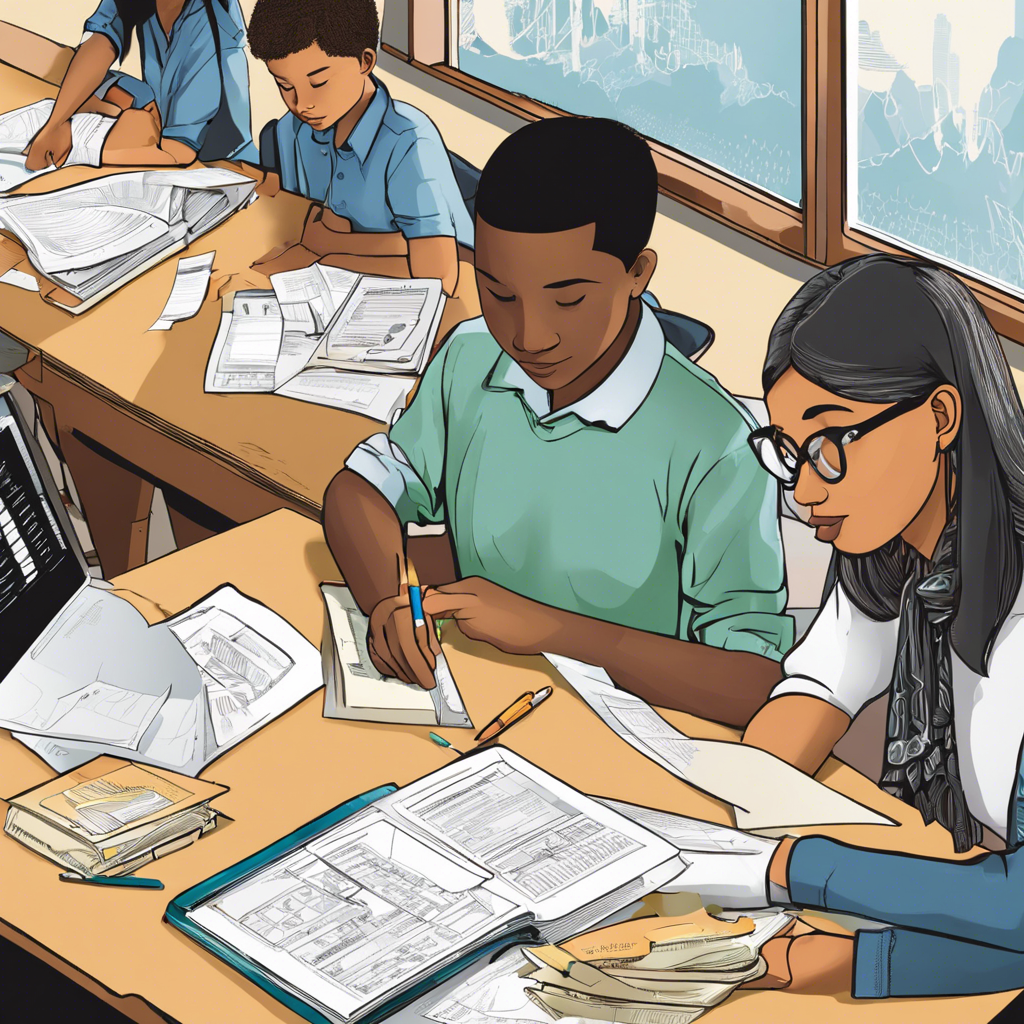Exploring alternative assessment methods and their influence on student learning, engagement, and educational outcomes.
In the realm of education, assessment plays a pivotal role in gauging student learning and progress. While traditional exams and quizzes have long been the standard, there is a growing interest in exploring **alternative assessment methods** that can provide a more comprehensive understanding of student learning. This article delves into the impact of diverse assessment approaches on student engagement, critical thinking, and overall educational outcomes.
The Need for Alternative Assessment
Traditional assessments, such as multiple-choice tests, have often been criticized for their limited ability to measure complex learning. They may not effectively evaluate skills like critical thinking, problem-solving, and creativity. This has led educators and researchers to explore alternative methods that can offer a more nuanced perspective on student learning.
One study by the National Education Association [^1^] highlights the potential of alternative assessment to capture a more holistic view of student performance, especially in subjects like social studies and language arts, where critical thinking and communication skills are paramount. By incorporating diverse assessment techniques, educators can create a richer learning environment.
Engaging Students Through Alternative Assessment
Interactive and Project-Based Assessments
Alternative assessment methods often encourage active student participation, fostering a sense of ownership over their learning. For instance, project-based assessments allow students to delve into topics of interest, promoting creativity and critical thinking. These projects can be presented in various formats, such as research papers, multimedia presentations, or even community-based initiatives.
Peer Assessment and Collaborative Learning
Engaging students in peer assessment can be a powerful tool for developing critical thinking and communication skills. When students evaluate each other’s work, they not only gain a deeper understanding of the subject matter but also learn to provide constructive feedback. This process fosters a collaborative learning environment, as students work together to improve their skills.
Benefits of Peer Assessment:
- Enhances critical thinking and evaluation skills.
- Fosters a sense of community and mutual support.
- Provides immediate feedback to students.
Assessing Critical Thinking and Problem-Solving
Performance-Based Assessments
Performance-based assessments, such as simulations or role-playing activities, allow students to apply their knowledge in practical scenarios. These assessments gauge students’ ability to analyze information, make informed decisions, and demonstrate problem-solving skills. By engaging in real-world problem-solving, students develop a deeper understanding of the subject matter.
Case Studies and Problem-Solving Tasks
Case studies present students with complex scenarios, requiring them to analyze information and propose solutions. This approach not only assesses their understanding of the subject but also their ability to apply knowledge in novel situations. Problem-solving tasks, especially in STEM fields, encourage students to develop creative solutions and think outside the box.
Questions and Answers
How do alternative assessments benefit students in the long term?
Alternative assessments, such as project-based learning and performance tasks, enable students to develop essential skills like critical thinking, creativity, and problem-solving. These skills are highly transferable and valuable in higher education and future careers. Moreover, alternative assessments often align with real-world challenges, preparing students for the complexities they may encounter beyond the classroom.
Can alternative assessments replace traditional exams entirely?
While alternative assessments offer a more holistic approach to evaluating student learning, they might not always be able to replace traditional exams. However, incorporating a variety of assessment methods allows educators to gain a more comprehensive understanding of student capabilities. A balanced approach, utilizing both traditional and alternative assessments, can provide a well-rounded evaluation of student progress.
Conclusion
Exploring alternative assessment methods has the potential to revolutionize the way we evaluate student learning. These approaches not only engage students in their education but also foster essential skills and provide a more nuanced understanding of their capabilities. By embracing diverse assessment techniques, educators can create a learning environment that encourages creativity, critical thinking, and problem-solving, ultimately better preparing students for the challenges of the future.
—
[^1^]: [Link to the study](https://www.edweek.org/teaching-learning/opinion-alternative-assessments-improve-student-learning/2020/02) on alternative assessment methods by the National Education Association.
Recommended External Links and Anchor Texts:
1. [The Benefits of Project-Based Learning](https://www.edutopia.org/article/project-based-learning-guide): Edutopia’s comprehensive guide to the benefits of project-based learning.
2. [Assessing 21st-Century Skills](https://www.insidehighered.com/digital-learning/article/2020/04/27/assessing-21st-century-skills-expectations-and-limitations): An exploration of assessing 21st-century skills by Inside Higher Ed.
3. [Alternative Assessment Strategies](https://www.teachthought.com/technology/10-alternatives-to-standardized-testing/): TeachThought’s article on various alternative assessment strategies.
